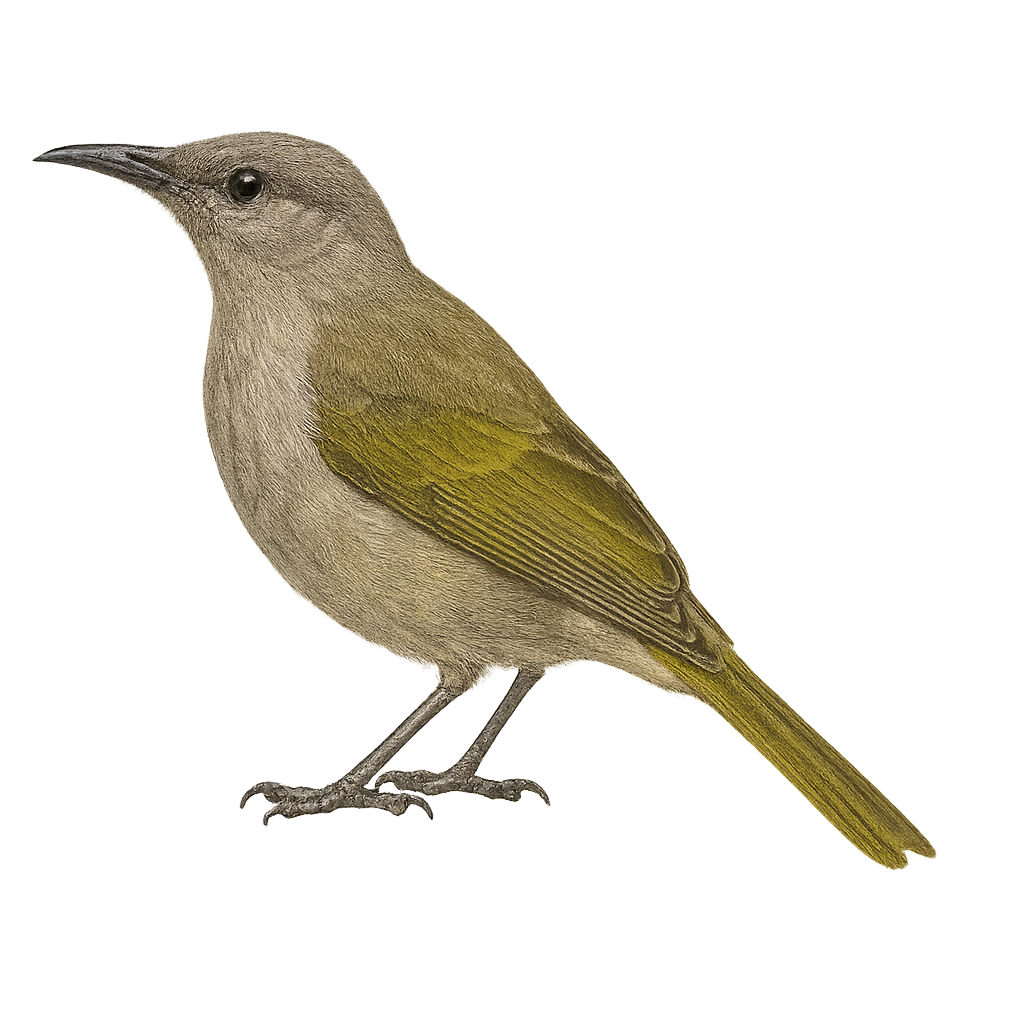Your wildlife photography guide.
Explore the brown honeyeater in detail, study its behavior, prepare your shots.
Where to observe and photograph the brown honeyeater in the wild
Learn where and when to spot the brown honeyeater in the wild, how to identify the species based on distinctive features, and what natural environments it inhabits. The WildlifePhotographer app offers tailored photography tips that reflect the brown honeyeater’s behavior, helping you capture better wildlife images. Explore the full species profile for key information including description, habitat, active periods, and approach techniques.
Brown Honeyeater
Scientific name: Lichmera indistincta

IUCN Status: Least Concern
Family: MELIPHAGIDAE
Group: Birds
Sensitivity to human approach: Suspicious
Minimum approach distance: 5 m
Courtship display: August to November
Incubation: 13-15 jours
Hatchings: August to December
Habitat:
Tropical forests, urban areas, savannas
Activity period :
Primarily active during the day, with peak activity in the morning and late afternoon.
Identification and description:
The Brown Honeyeater, or Lichmera indistincta, is a small bird native to Australia and New Guinea. Its plumage is generally olive-brown with lighter underparts. This bird is particularly appreciated for its melodious and varied song. It inhabits a range of environments, from tropical forests to urban areas, and primarily feeds on nectar, although it also consumes insects and fruits. Its slender, curved bill is perfectly adapted for extracting nectar from flowers. The Brown Honeyeater plays a crucial role in the pollination of native plants. It is often seen in small groups but can also be solitary.
Recommended lens:
400 mm – adjust based on distance, desired framing (portrait or habitat), and approach conditions.
Photography tips:
To photograph the Brown Honeyeater, aim for sunny mornings when the light is soft. Use a 400mm lens or longer to capture precise details without disturbing the bird. Look for it in flowering trees, where it is often busy feeding on nectar. Be patient and wait for it to perch, as it is very active. A tripod can be useful for stabilizing your camera during extended shots.
The WildlifePhotographer App is coming soon!
Be the first to explore the best nature spots, track rutting seasons, log your observations, and observe more wildlife.
Already 1 439 wildlife lovers subscribed worldwide

